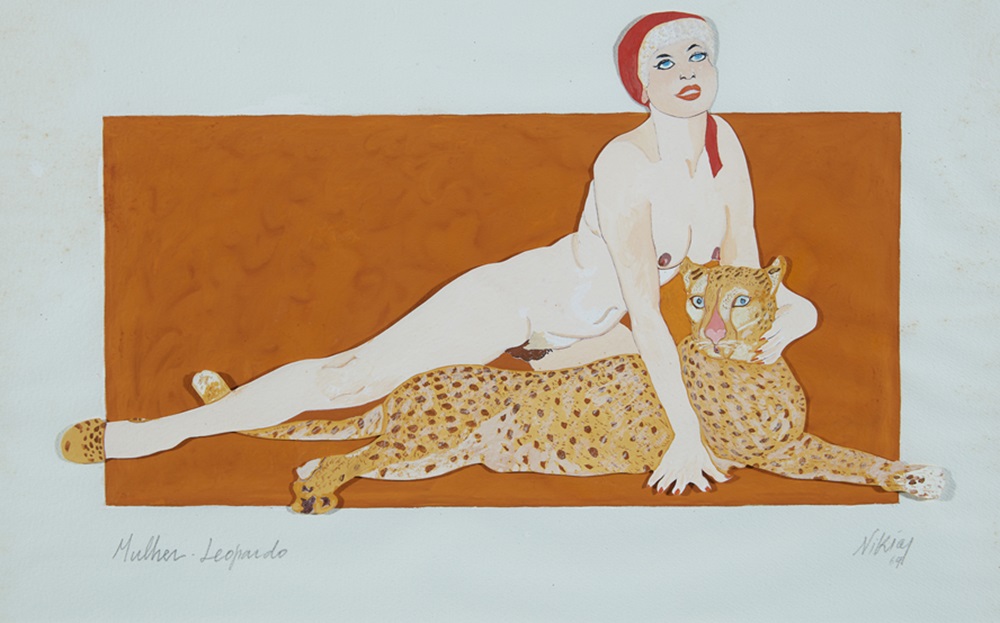
The National Gallery – Alexandros Soutsos Museum organizes and hosts from 11 July 2024 until 2 February 2025 a new, timely exhibition entitled DEMOCRACY, which traces the relationship between art and political history in Southern Europe.
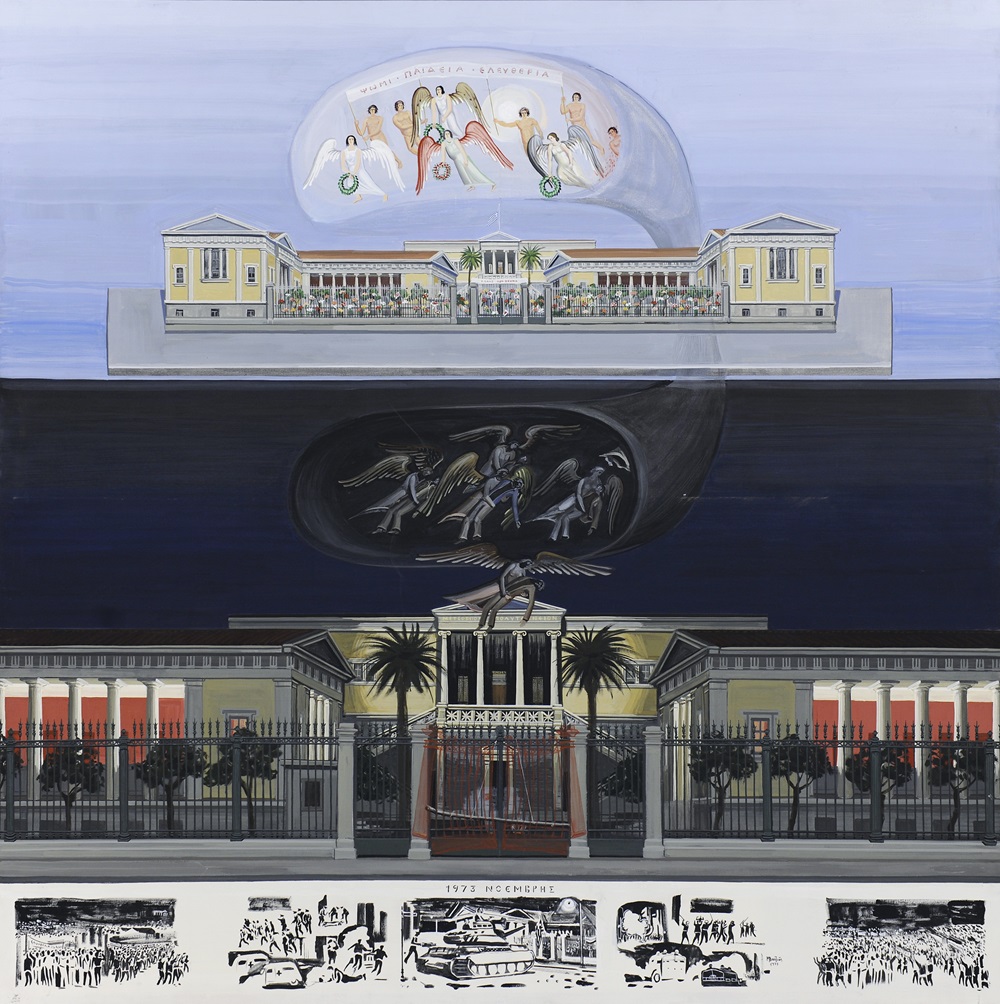
Marios Vatzias| Athens Polytechnic School, 1975
This is the first major, international exhibition to explore the relationship between art and democracy during one of the most decisive periods in the history of Southern Europe, as three countries, Greece, Portugal and Spain, transitioned from an authoritarian regime to a democratic constitution.
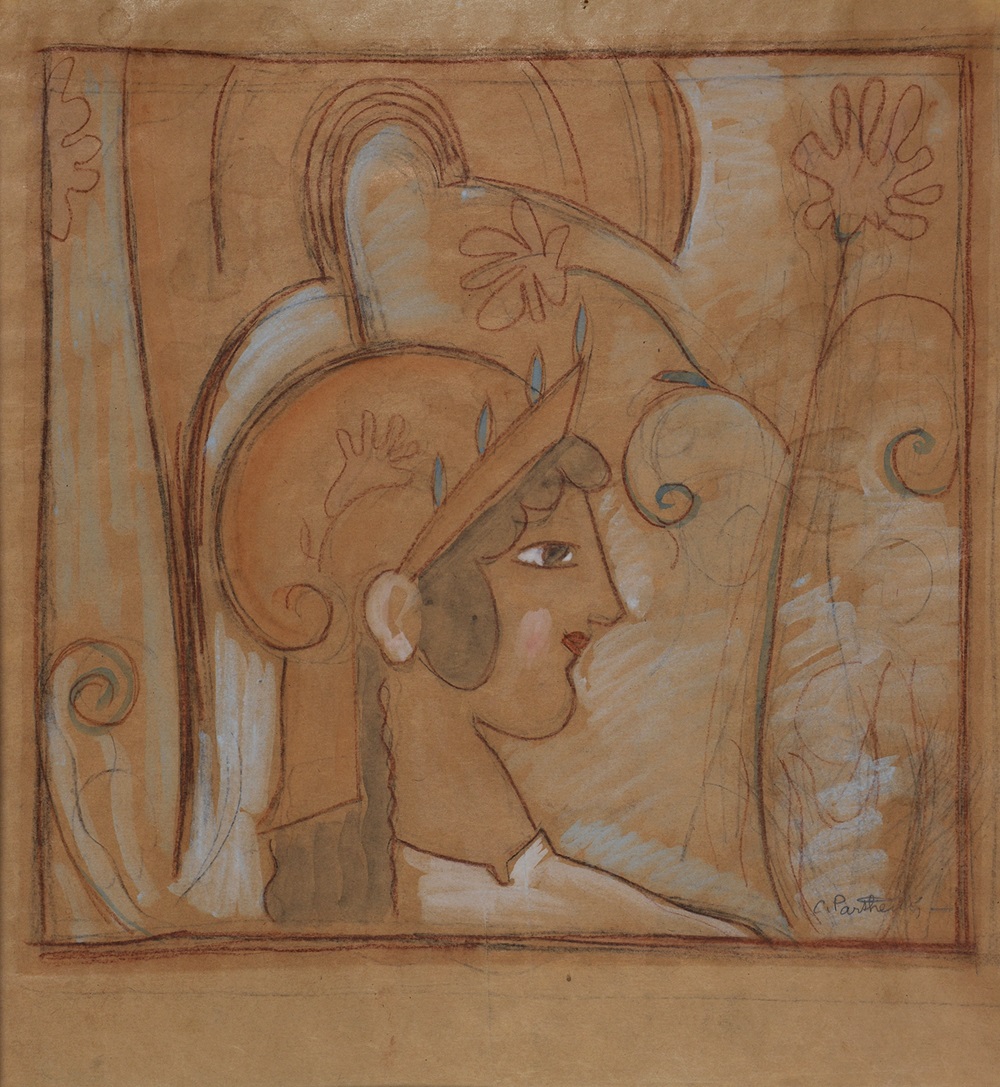
Konstantinos Parthenis| Head of Athena, 1924
The National Gallery turns to the current socio-political situation worldwide in order to show how it can be linked to the conflicts and unrest that prevailed in Southern Europe in the 1960s and 1970s. Against the backdrop of a year full of electoral contests in many countries and challenges to democratic values, the exhibition will delve into the historical specificities of the shared experience, emotions and collective trauma as they were shaped through acts of protest, resistance, personal and social emancipation.

Fernando Botero| Franco, 1986
Focusing on the art of resistance and protest in Greece, Spain and Portugal, the exhibition compares for the first time on an international level the political function of art in the dictatorial regimes of the European South and explores the diversity of artistic pursuits, the convergences and divergences, the artistic practices born out of the struggle for freedom, as well as their active legacy. In particular, it focuses on the 1960s and 1970s, the transition from authoritarian regimes to democratic regimes and the role of artists in the struggle for political freedoms, with the main thematic axes being “The Face of the Enemy“, “Resistance“, “Insurrection” and ” Uprising“.
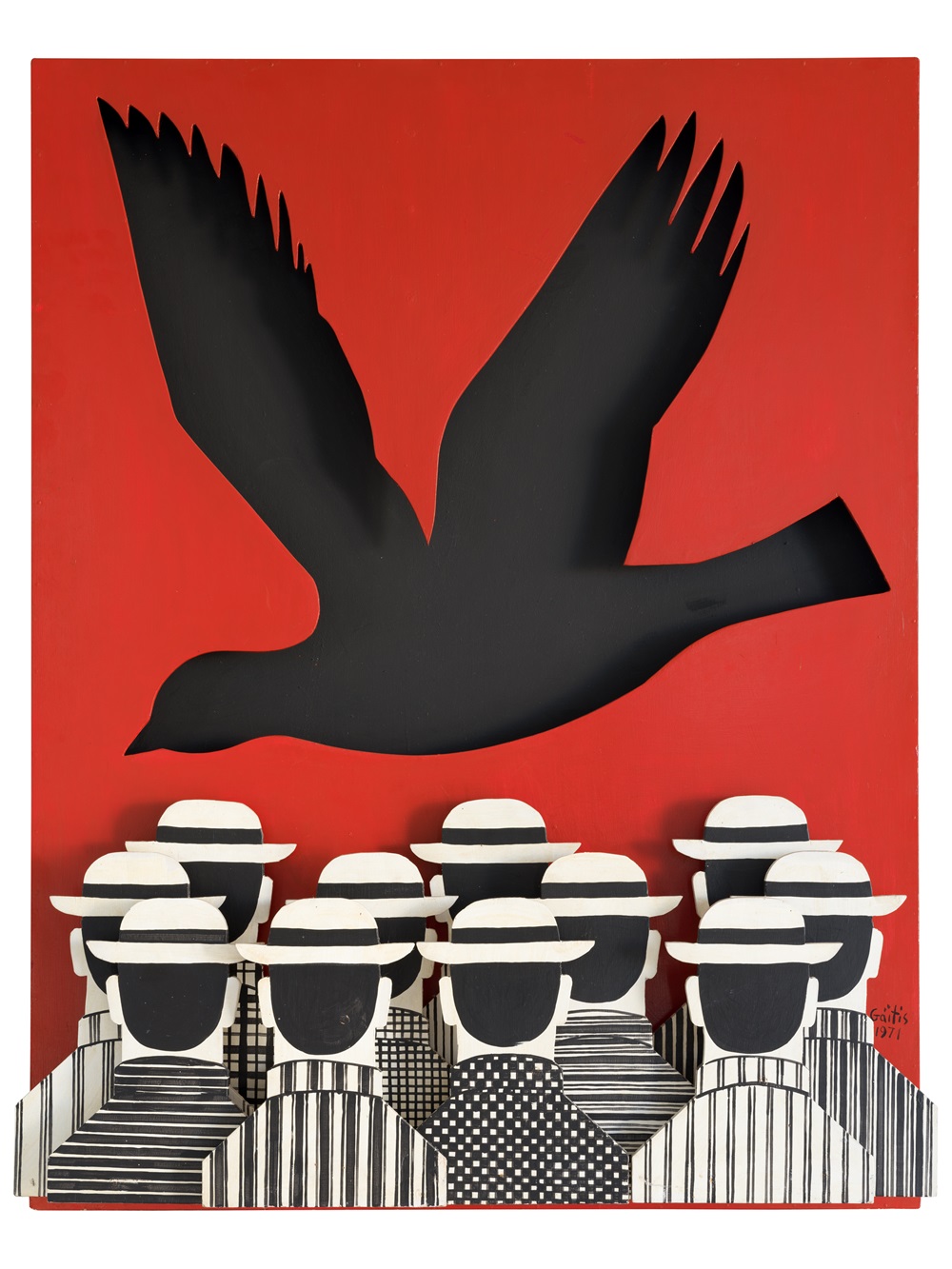
Yannis Gaitis, The Bird, 1971
Exhibition activity, the formation of artistic groups, critical discourse, the role of abstract art, the emergence of critical realism, the art of protest through poster, printmaking and performance, the assertion of the visibility of the body on an individual and collective level, as well as the overall involvement of art in the public sphere, epitomise the demand for democratisation and constitute important fields of research and artistic activity.
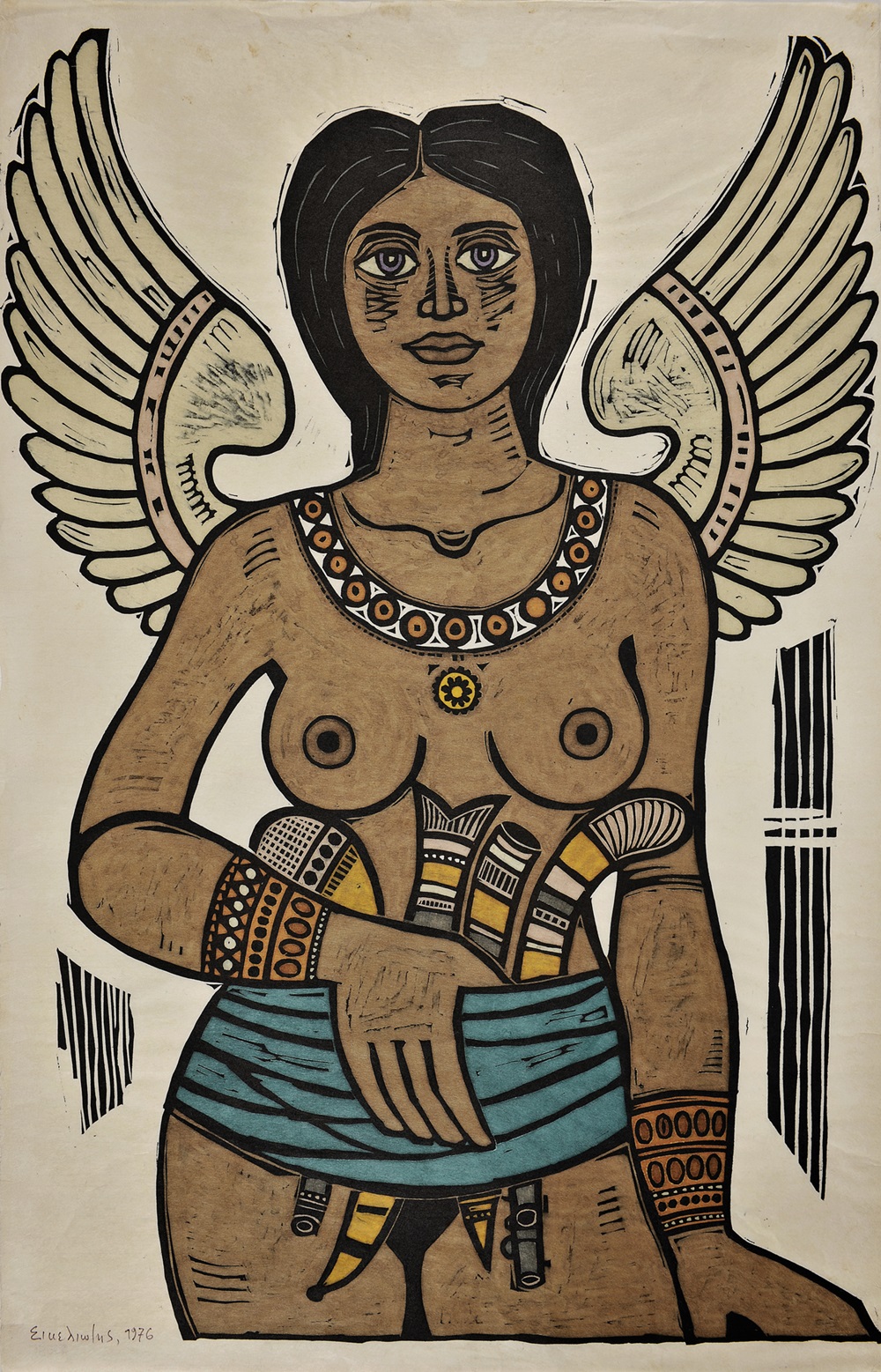
Yorgos Sikeliotis| Angel Warrior, 1976
In 1974, seven years after the imposition of the military dictatorship, democracy was restored in our country. Specifically, 24 July is the landmark date for the collapse of the junta, after the revolt of the students of the Athens Polytechnic School in November ’73, while the beginning of the democratisation process takes place in the aftermath of the coup d’état and the Turkish invasion of Cyprus.
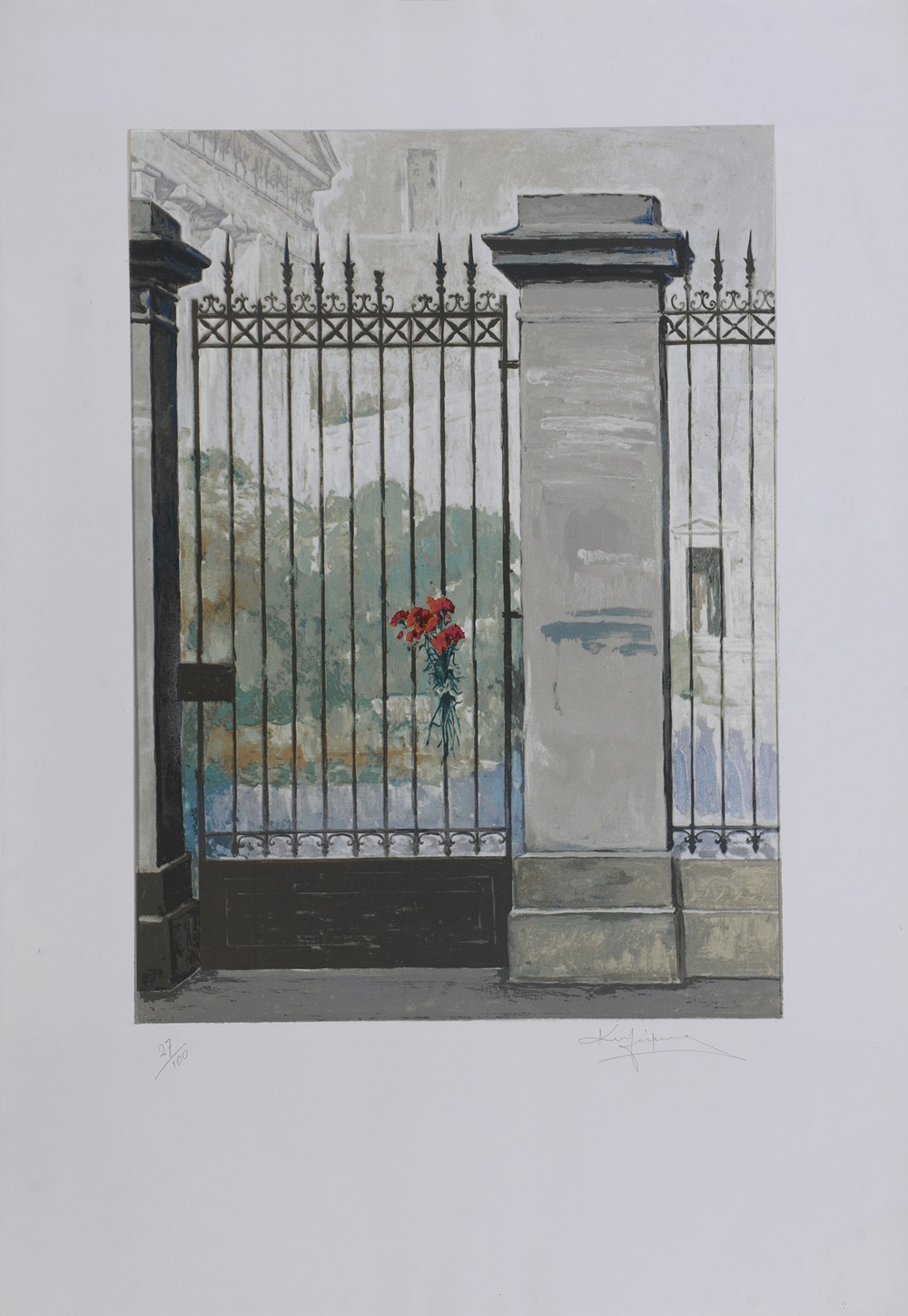
Konstantinos Malamos| The first anniversary, 1975
During the same period, more or less, the historical developments that ended the overwhelmingly longer lasting authoritarian regimes of Franco in Spain (1936/1939-1975) and Salazar-Caetano (1933-1974) in Portugal culminated. The democratisation processes in the three countries of the European South were part of the third global wave of democratisation that began in the 1970s and continued in the following decade with the Latin American countries, while the decolonisation that took place in the 1950s and 1960s provided an additional impetus to democratisation.
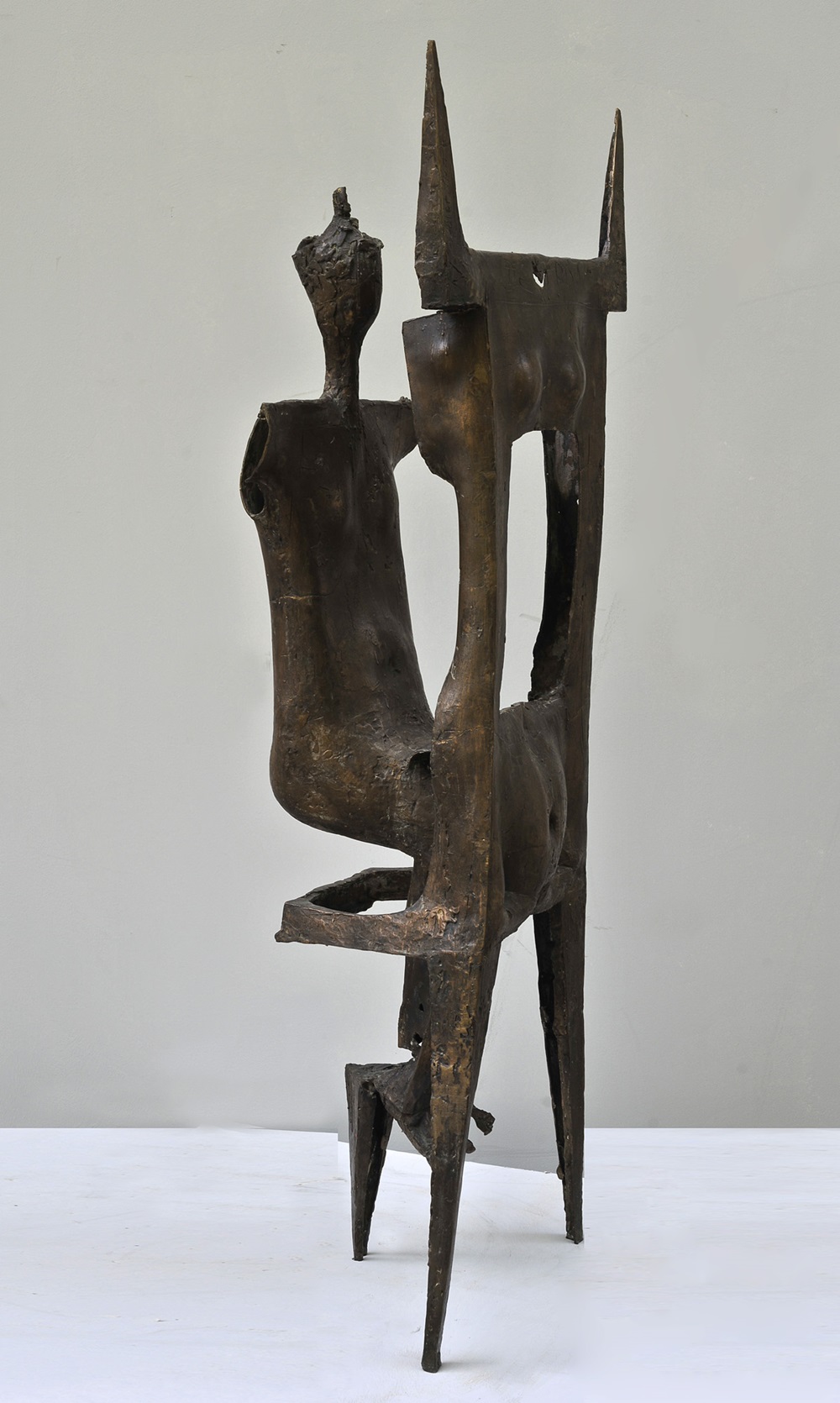
Christos Kapralos| Theatre-Vietnam, 1968
The transitions in the two Iberian countries obviously followed a different path as Adolfo Suárez took over the gradual restoration of the functioning of democratic institutions after the death of dictator Franco by adopting a policy of amnesty, while in Portugal the Carnation Revolution in April 1974 that overthrew the dictator Marcelo Caetano marked the transition to democracy with revolutionary processes leading to free elections. In our case, the period beginning with the return of Konstantinos Karamanlis from Paris and the first parliamentary elections after the dictatorship of the colonels being held on 17 November 1974 is defined as the regime change period.
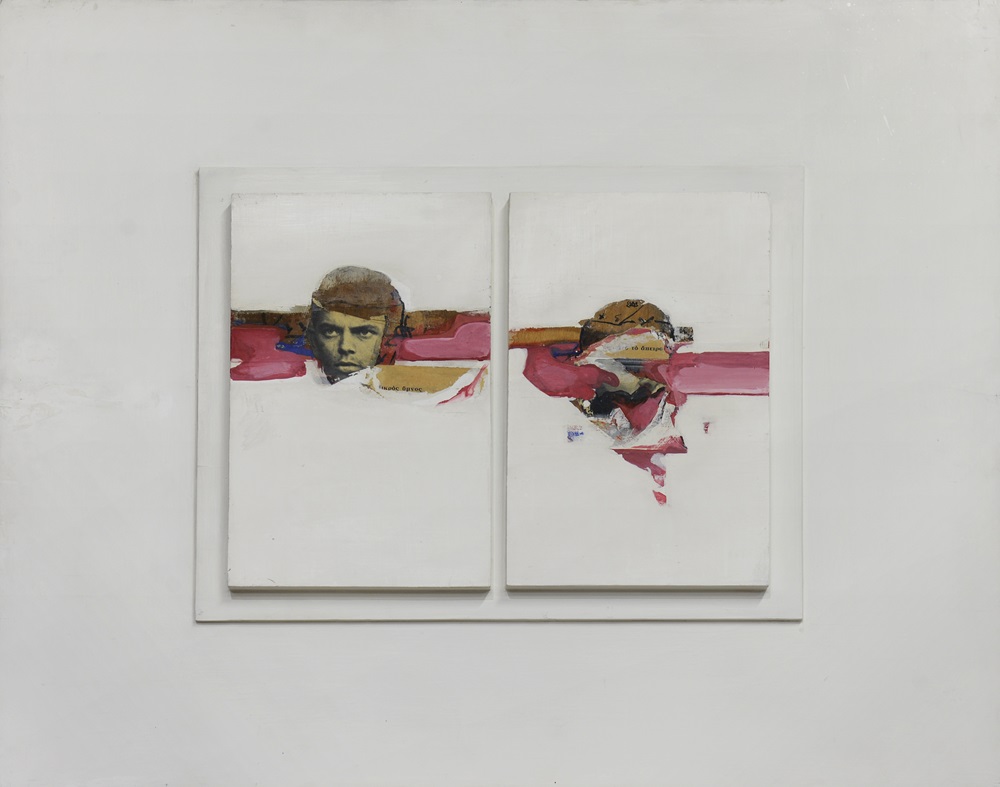
Dimitris Perdikidis| Infinite, Madrid, 1969
As the director of the National Gallery and curator of the exhibition Syrago Tsiara notes in her curatorial text:
“The exhibition takes place at an international juncture that does not allow us to be complacent, but calls for constant vigilance in the defence of democracy as extreme voices capitalising on social discontent from prolonged and repeated crises, reduced electoral participation, the authority and credibility of institutions, and fear and insecurity prevail. Anniversaries are an opportunity to reflect on the dynamics of historical experiences, an occasion to look within and around us to see what we have achieved, how much we have changed and to what extent the experience of the past contributes to shaping our collective identity in the present or informs our planning for the future.”
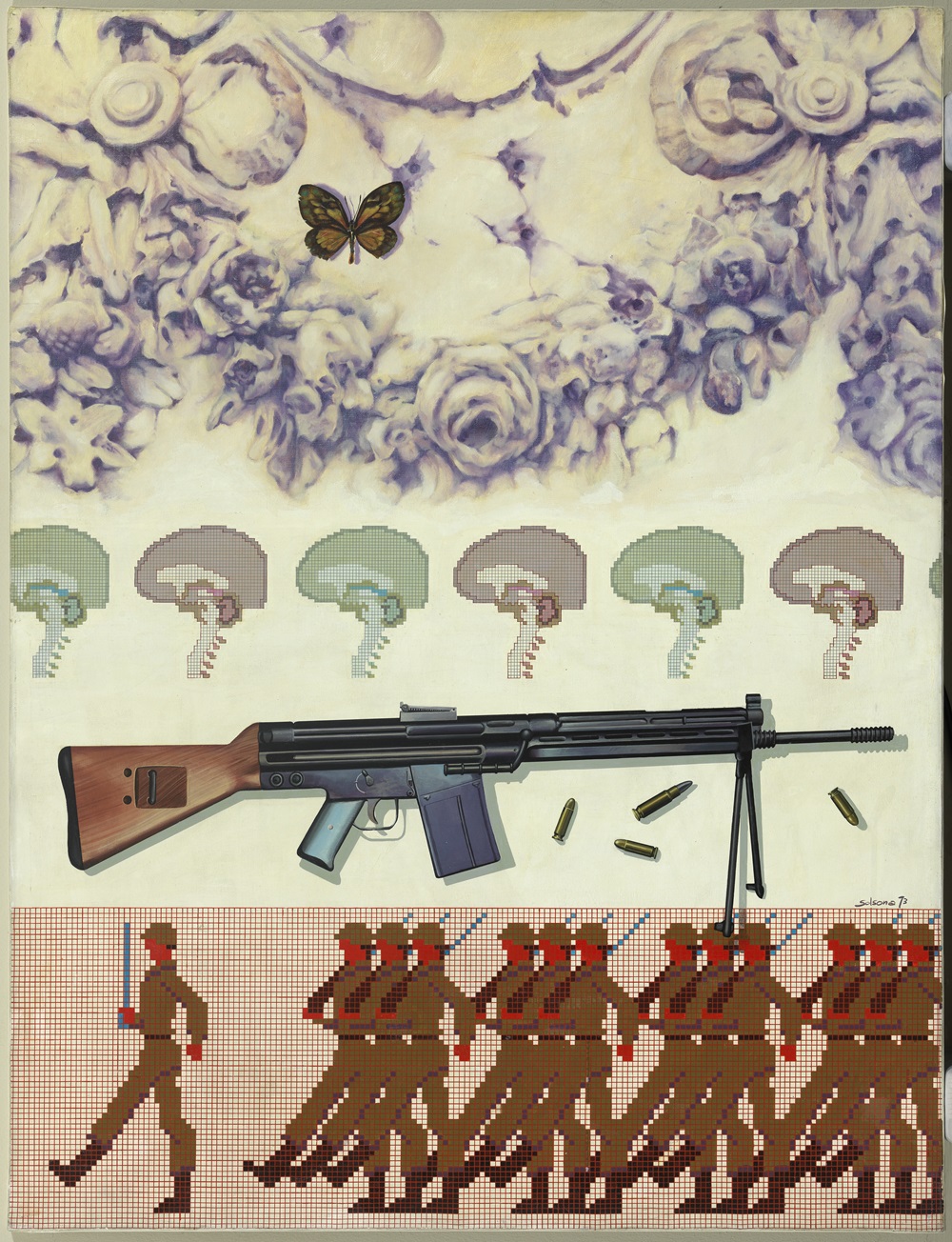
Alberto Solsona| El arte de la Guerra, 1973
The exhibition DEMOCRACY is an overall project in which 55 artists and groups of artists participate. It will include 140 artworks, from Greece, Spain and Portugal, as well as posters, video projections and performances. The exhibition will include a film tribute and a conference on democracy and the visual arts.
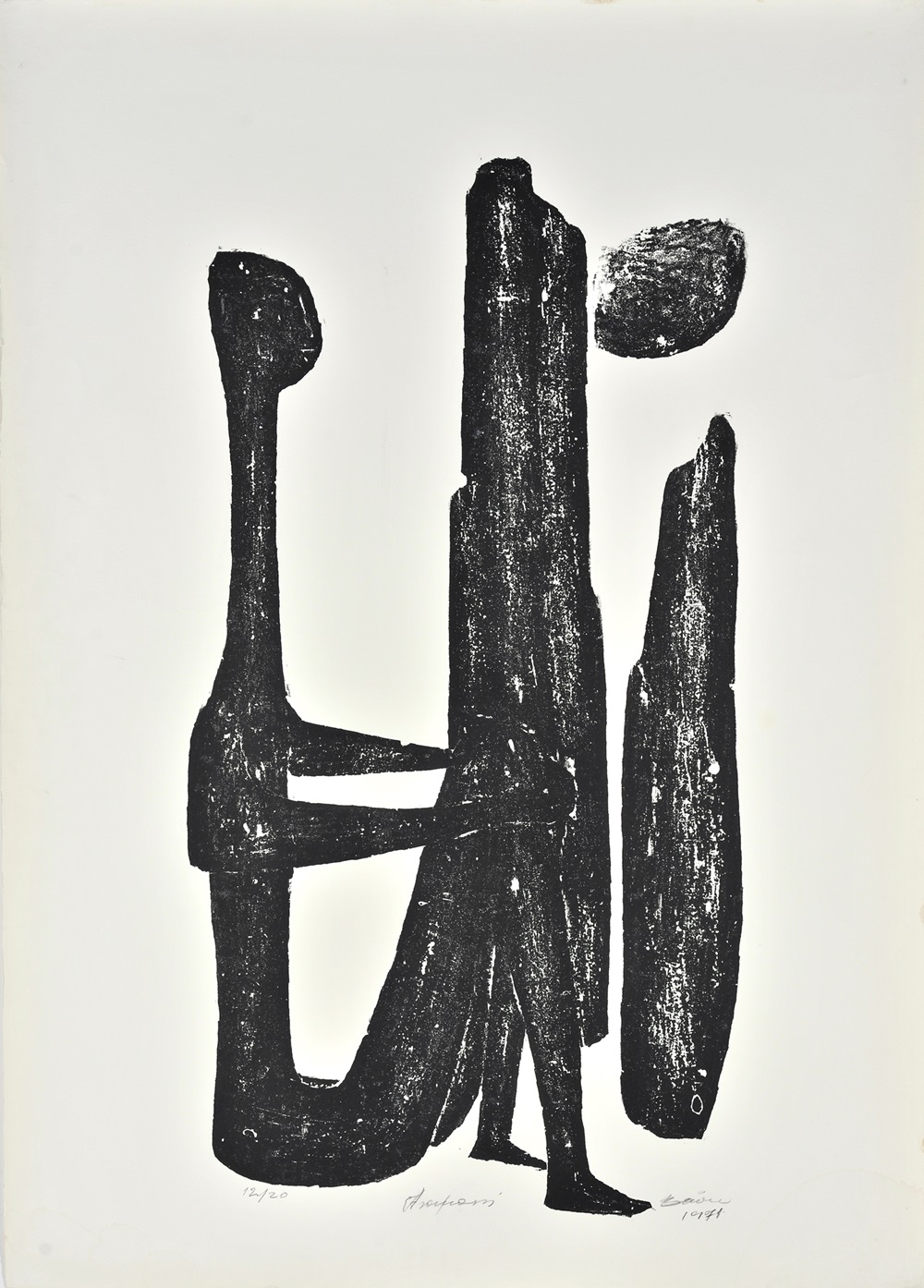
Vaso Katraki| Wait I, 1971
National Gallery Greece-Alexandros Soutsos Museum
11 July 2024-2 February 2025
Art Curator: Syrago Tsiara
Main Building-Temporary Exhibition Hall-“Antonios E. Komninos Foundation”

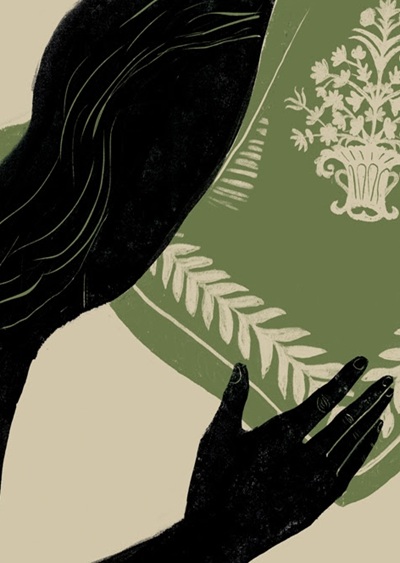





Leave A Comment